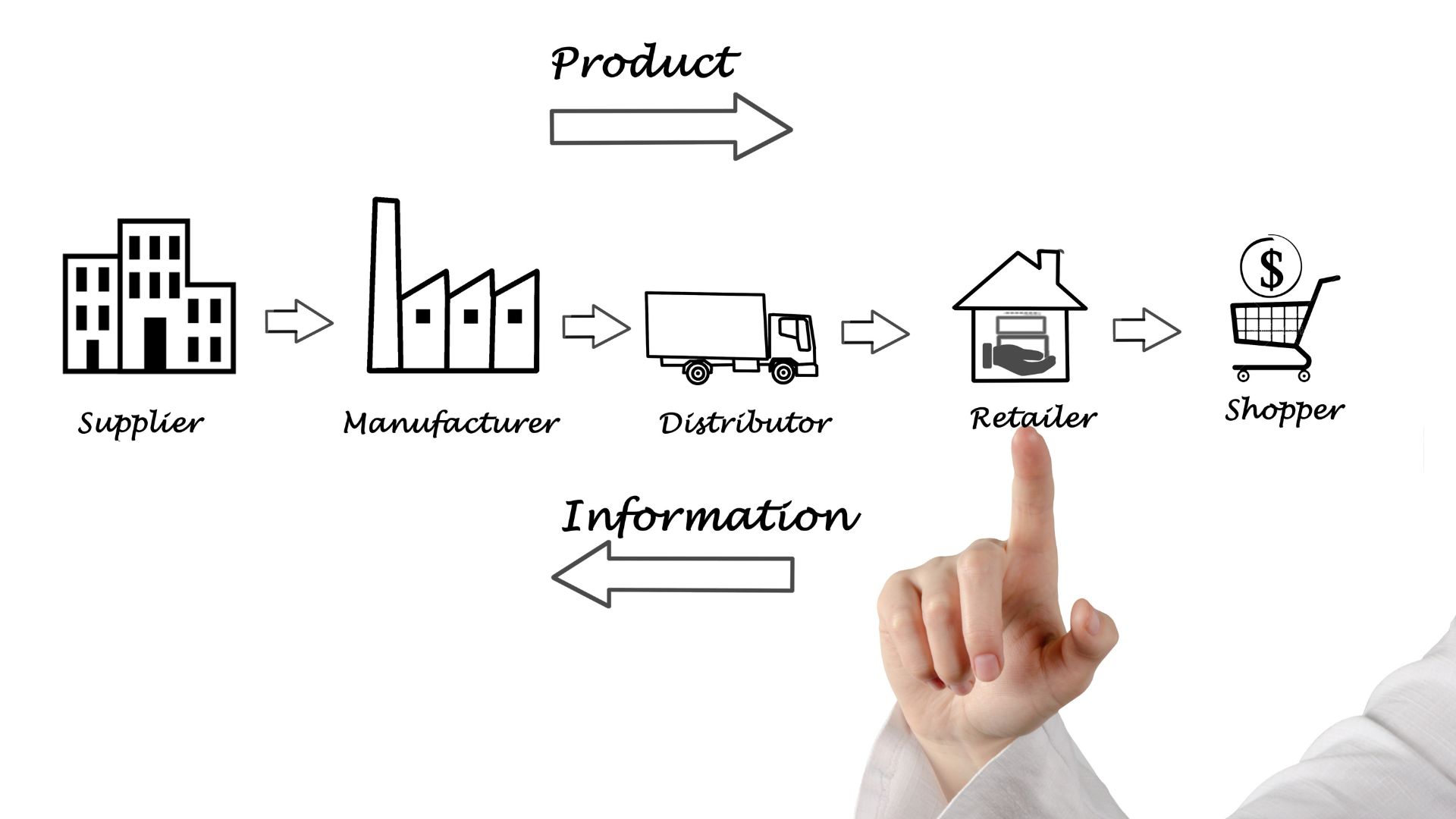Content creation in B2B environments has always been a challenge. It’s not just about producing texts: it’s about communicating complex ideas, conveying high-value solutions, and connecting with customers who are in the midst of making strategic decisions. However, doing so at the speed and volume that the market demands today is not easy. That’s where generative AI starts to make a real difference. Not as a fad, but as a transformative tool that allows you to create relevant, consistent, and personalized content for each segment of your customers, without sacrificing quality or time.
What benefits does it bring and how can you realistically incorporate it into your marketing and communication processes?
A new scenario: B2B marketing that demands relevance and speed
If you work in B2B marketing, you know that producing content isn’t just “writing” – it requires research, industry analysis, understanding customer pain points, and alignment with business goals. It is a process that takes time and coordination.
The most common challenges are:
- Overflow of tasks: newsletters, websites, success stories, guides, presentations, networks, etc.
- Difficulty maintaining brand consistency when multiple teams produce content.
- Limited resources: the team is small and the volume of content required by the strategy grows.
- Content that is too generic because there is no time to customize by vertical, region or type of customer.
- Long production cycles, which makes the content “old” quickly.
This creates a key problem: content is produced, but not necessarily content that connects. Generative AI comes to change that balance, the power.
What Generative AI Really Brings to B2B Marketing
Generative AI is not just a model that writes texts. It is a system capable of learning from the context of your company, the key messages you want to convey and the audience you are targeting. The value is not that it “writes fast,” but that it allows you to scale strategic thinking.
With generative AI you can:
- Create initial drafts that are then revised and polished, reducing writing times.
- Tailor the same message to different audiences (managers, technical buyers, partners, etc.).
- Generate multi-format content (emails, networks, blogs, landing pages, video scripts).
- Maintain tone consistency through guides trained on your brand identity.
- Optimize for SEO with clear structure and relevant keywords.
- Segment content by industry, region, use cases, or level of digital maturity.
The result is not “more content”, but better content, more focused and more useful for those who read it.
Practical examples in B2B strategies
Let’s see how you can apply generative AI in concrete actions:
1. Whitepapers and technical guides
If a whitepaper used to take weeks to complete, today you can have a solid draft in hours. AI gathers information, structures arguments, and allows you to spend more time verifying data and delivering expert value.
2. Custom email sequences per segment
It is not a matter of sending the same thing to everyone. AI can tailor the message according to the recipient’s role:
- A CFO receives profitability-oriented arguments.
- A technical manager receives architectural and security details.
- A CEO receives strategic vision and impact cases.
3. Dynamic landing pages
You can generate variations of landing pages according to industry. For example:
The core is the same, but the message speaks directly to the customer.
4. Social selling for your sales team
AI can help them publish relevant content on LinkedIn without relying on the marketing team for each post.
How to Implement Generative AI Without Losing Authenticity
The key to using generative AI is not the tool, but the process. Technology must adapt to your culture and way of communicating.
Here’s a recommended approach:
1. Define your narrative identity
Before automating, you need clarity in your message. What do you promise, what tone do you use? What is non-negotiable in your communication?
2. Create templates and base structures
Don’t start from scratch every time. AI works best when it has clear guidance.
3. Train AI with your own content
Success stories, commercial proposals, presentations, real testimonials. That makes the content sound like you, not “generic text.”
4. Maintain a human review layer
Not to rewrite, but to give the strategic touch, validate data and ensure coherence.
5. Measure results and adjust
See what topics connect. AI can help you iterate fast.
AI is an extension of your creative capacity, your vision is still at the center.
Real Benefits: More Than Efficiency
During the first few months, what you’ll notice is productivity. But the profound effects are different:
- More consistent messaging across all channels.
- Greater customization without increasing operational burden.
- Better alignment between marketing and sales.
- Greater speed to respond to market opportunities.
- A clearer and more recognizable brand voice.
In the medium term, content becomes a strategic asset: it not only attracts, but opens conversation, deepens relationships, and builds community around your vision.
That’s what differentiates marketing that only “communicates” from marketing that leads a conversation.
Conclusion: Content that builds relationships, not just reach
Generative AI is changing the way B2B companies communicate, but the real value isn’t in automating for automating’s sake. It’s about leveraging technology to better tell your story, connect with those who need what you offer, and create relationships based on clarity, usefulness, and consistency.
It will allow you to do what is important: think, decide, connect, and lead.
Because the most powerful B2B content is not the one that sounds smart, but the one that makes the customer feel understood.




